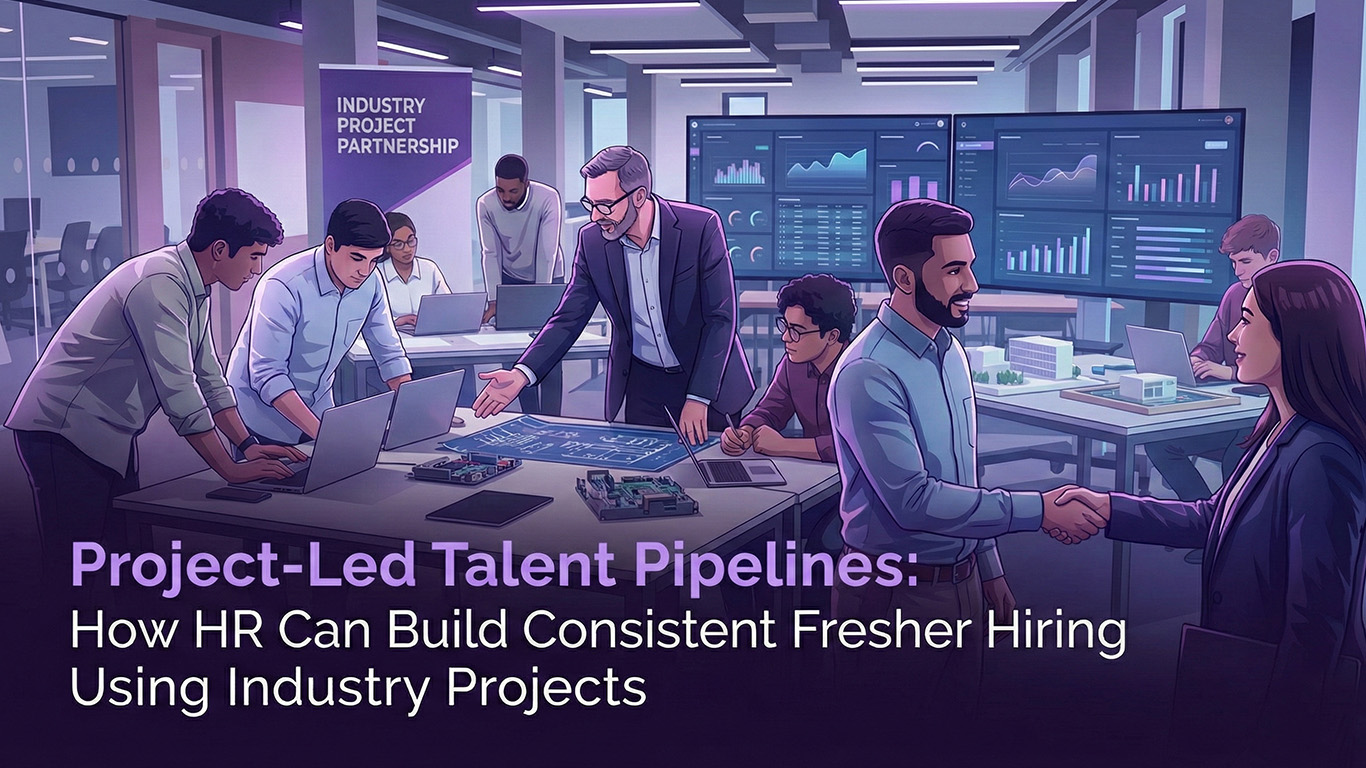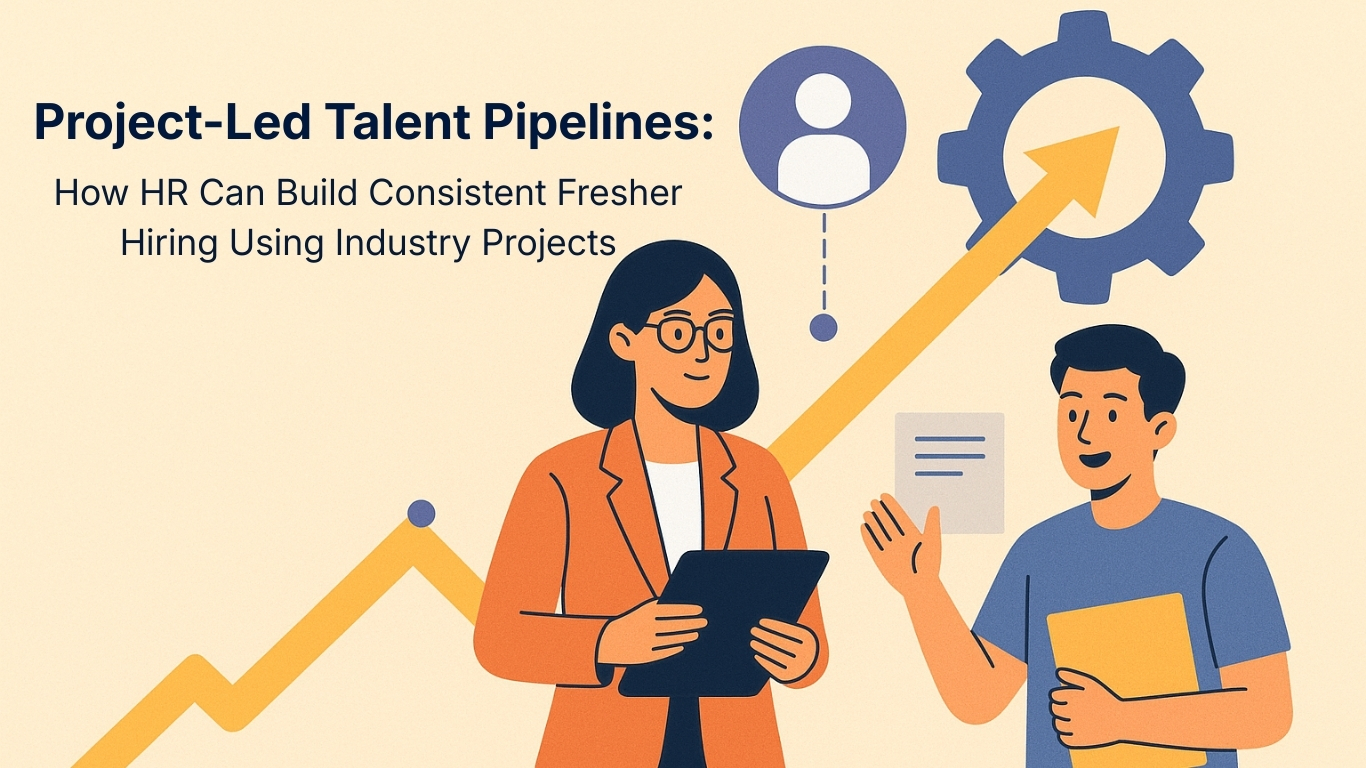Introduction: Why Project-Based Learning Matters Today
Project-based learning is more than a classroom activity. In fact, project-based learning helps students build real-world skills. Project-based learning makes you job-ready by giving you hands-on experience. It’s one of the most effective ways to showcase your capabilities to future employers. This blog will explore how your final-year project, if done with intent, can become a powerful launchpad for your career.
Final-Year Projects as a Real-World Test
Final-year projects reflect how you apply knowledge beyond books. They allow you to experiment, build, and deliver real solutions. Employers see it as your first true exposure to practical challenges. Through project-based learning, students gain the confidence to transition from college to corporate life.
What Recruiters Expect from Project-Based Learning
Recruiters look for more than a completed report. They expect:
- Original Problem-Solving: Did you solve a real-world issue or replicate existing work?
- Technology & Tools: What frameworks or software did you use?
- Documentation & Presentation: Can you explain your work clearly in interviews?
- Collaboration: Did you work as a team or take ownership of key modules?
A well-executed project shows them you’re ready to contribute from day one.
Choosing a Final-Year Project that Matters
A strong project starts with the right topic.
- Choose Relevance: Pick a topic that aligns with your career goals. For instance, AI, marketing automation, fintech, or app development.
- Solve Real Problems: Don’t just do a project for marks. Choose a pain point and design a solution.
- Avoid Copy-Paste Work: Originality matters. Employers can spot generic college projects easily.
Making Your Project Interview-Ready
You must present your project like a professional case study. Here’s how:
- Create a Demo: Build a working prototype or product walkthrough.
- Host Online: Use GitHub or personal websites to share your work.
- Use Data: Highlight how your project improved something—time, accuracy, cost.
- Show Feedback: Include mentor reviews or peer comments if possible.
This makes your project portfolio stand out from the crowd.
How Qollabb Enables Real Project-Based Learning
Qollabb connects students to live projects offered by real companies.
- Access Real Projects: Work on live case studies instead of just academic assignments.
- Get Mentorship: Industry experts guide you and review your progress.
- Showcase Skills: Completed projects can be displayed directly to recruiters.
- Build Confidence: You don’t just complete a project—you solve real business challenges.
Convert Your Project into a Job Offer
Project-based learning doesn’t end with submission—it starts your hiring journey.
- Talk About It in Interviews: Use your project to demonstrate skills during technical and HR rounds.
- Mention It Everywhere: Highlight your project on your resume, LinkedIn, and portfolio.
- Use It to Stand Out: While others talk theory, you’ll talk execution.
Many Qollabb students have landed internships and jobs because they worked on meaningful industry projects.
Conclusion: Let Your Project Speak for You
When done right, project-based learning can set you apart in a competitive job market. Treat your final-year project as a career investment, not just an academic task. Platforms like Qollabb offer the structure, support, and exposure you need to make your work recruiter-ready. So, start strong, stay focused, and let your project open doors to your dream job.





